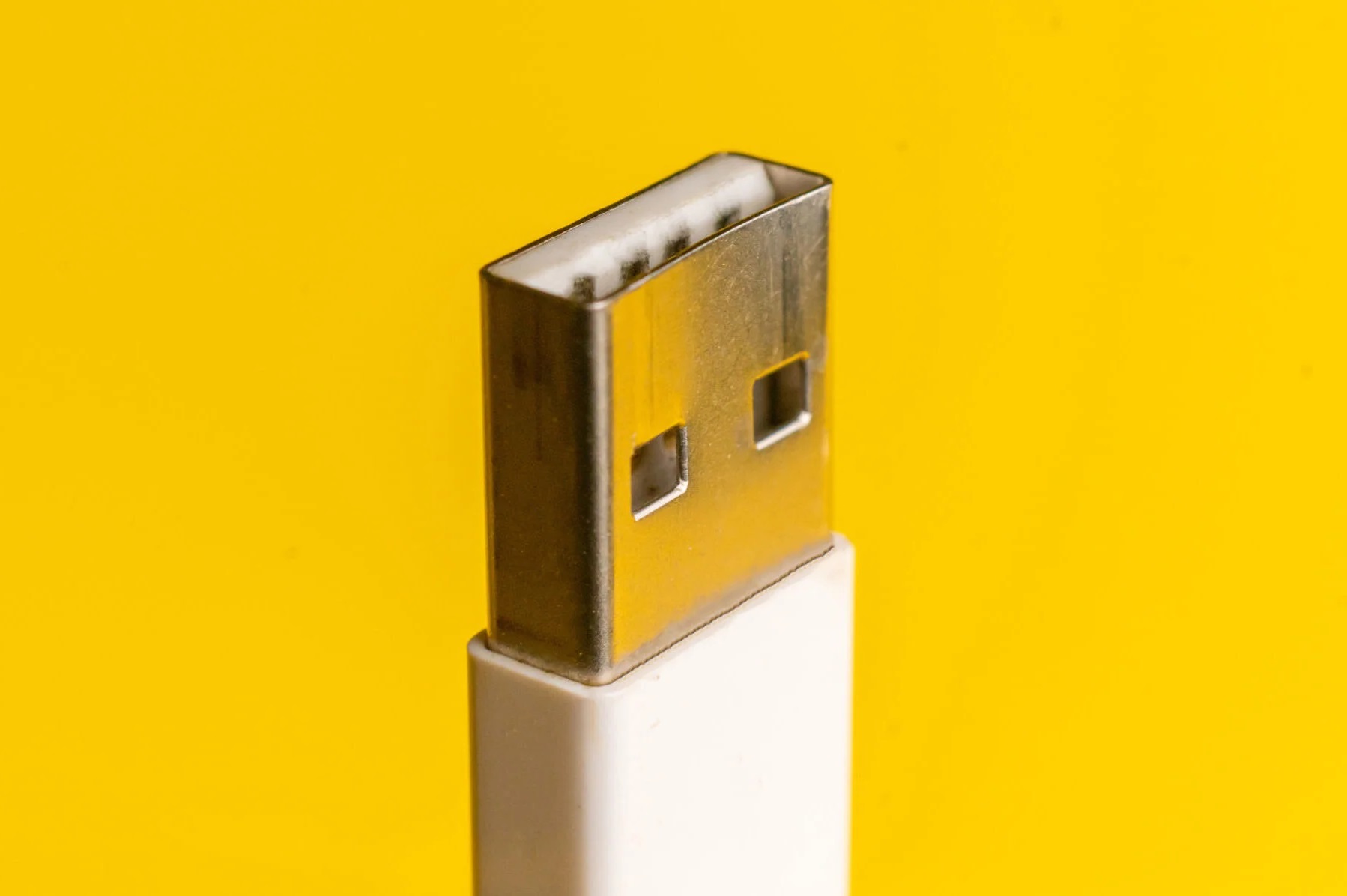
USB-C cables are more than just ordinary connectors; they represent a significant leap in technology that simplifies and enhances our daily digital interactions. Unlike their predecessors, these versatile cables offer a universal charging solution, high-speed data transfer, and the ability to connect to a variety of devices without worrying about plug orientation. USB-C has quickly become the preferred choice for new electronic devices, from smartphones to laptops, due to its impressive capabilities and convenience. In this introduction, we'll uncover 17 intriguing facts about USB-C, shedding light on why it's not just another cable in your drawer but a pivotal innovation in the tech world. From its reversible design to the power delivery standards that charge devices faster than ever, prepare to be amazed by how much there is to learn about this small but mighty connector.
What is USB?
USB, or Universal Serial Bus, is a standard type of connection for many different kinds of electronic devices. From computers and smartphones to game consoles and digital cameras, USB has become a fundamental part of modern technology. It allows devices to communicate with each other by transferring data and power, making it incredibly versatile.
- USB was developed in the mid-1990s by a group of companies including Intel, Compaq, Microsoft, and IBM. Their goal was to create a universally accepted way to connect devices to computers.
Evolution of USB Standards
Over the years, USB technology has evolved significantly, with new versions offering improvements in speed, power delivery, and functionality.
- The first version, USB 1.0, was introduced in January 1996, but it was USB 1.1, released in August 1998, that saw widespread adoption due to its higher data transfer rate.
- USB 2.0, launched in April 2000, marked a significant advancement, offering speeds up to 480 Mbps, which was a substantial increase from the 12 Mbps of USB 1.1.
- USB 3.0, released in November 2008, further increased the data transfer rate to up to 5 Gbps, making it 10 times faster than its predecessor, USB 2.0.
- The latest standard, USB4, introduced in 2019, supports speeds up to 40 Gbps with compatible cables and devices.
The Ubiquity of USB-A
USB-A is the original USB connector and is recognized by its flat, rectangular shape. It's the most common USB port found on computers and many other devices.
- USB-A ports are designed to be foolproof, meaning they can only be inserted one way, reducing the risk of damage to the port or the plug.
- Despite the introduction of newer USB types, such as USB-C, USB-A remains prevalent due to its wide compatibility and the vast number of devices that still use it.
USB-A in Daily Life
USB-A has become an integral part of daily life, used in a myriad of ways beyond just data transfer.
- Many electronic devices, including keyboards, mice, and external hard drives, connect to computers via USB-A.
- USB-A ports are often used to charge devices like smartphones and tablets, even if those devices use different types of USB for data.
- Public charging stations and portable power banks frequently feature USB-A ports, highlighting its widespread use in power delivery.
The Future of USB-A
While newer USB standards and connectors are being developed, USB-A continues to have a significant presence.
- Many new computers and laptops still include USB-A ports alongside newer USB-C ports, providing users with a variety of connectivity options.
- The enduring popularity of USB-A means that it's likely to remain in use for many years, even as newer technologies emerge.
- Manufacturers often include adapters with USB-C devices, ensuring compatibility with USB-A, which further extends its lifespan.
Interesting Facts About USB-A
Beyond its technical specifications and widespread use, there are some interesting tidbits about USB-A that might surprise you.
- The design of the USB-A plug is intentionally asymmetrical to prevent incorrect insertion, a concept known as "poka-yoke" in Japanese manufacturing.
- Over 10 billion USB devices have been shipped worldwide, a testament to the ubiquity and importance of USB technology.
- USB-A connectors can be plugged and unplugged over 1,500 times before the wear and tear start to affect their functionality.
- Some USB-A cables are designed for charging only and don't include wires for data transfer, which can be confusing if you're trying to sync devices.
A Final Nod to USB's Evolution
We've journeyed through the fascinating world of USB, uncovering its versatility, history, and technological advancements. From its inception to becoming a household staple, USB has revolutionized the way we connect devices and transfer data. Its evolution from USB-A to the more recent USB-C highlights a commitment to efficiency, speed, and user convenience. As we look ahead, the potential for further innovation remains vast, promising even faster data transfer rates and more universal compatibility. Embracing these changes, we can expect our digital experiences to become smoother and more integrated. USB's journey is far from over, and its continued evolution will undoubtedly shape the future of digital connectivity. Let's stay plugged in and watch as USB paves the way for the next wave of technological advancements.
Was this page helpful?
Our commitment to delivering trustworthy and engaging content is at the heart of what we do. Each fact on our site is contributed by real users like you, bringing a wealth of diverse insights and information. To ensure the highest standards of accuracy and reliability, our dedicated editors meticulously review each submission. This process guarantees that the facts we share are not only fascinating but also credible. Trust in our commitment to quality and authenticity as you explore and learn with us.


